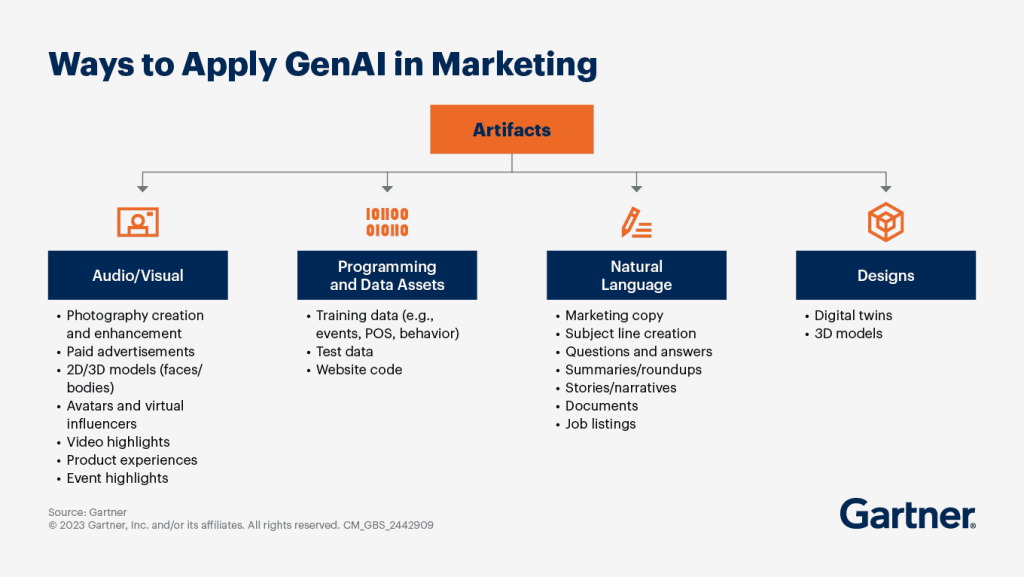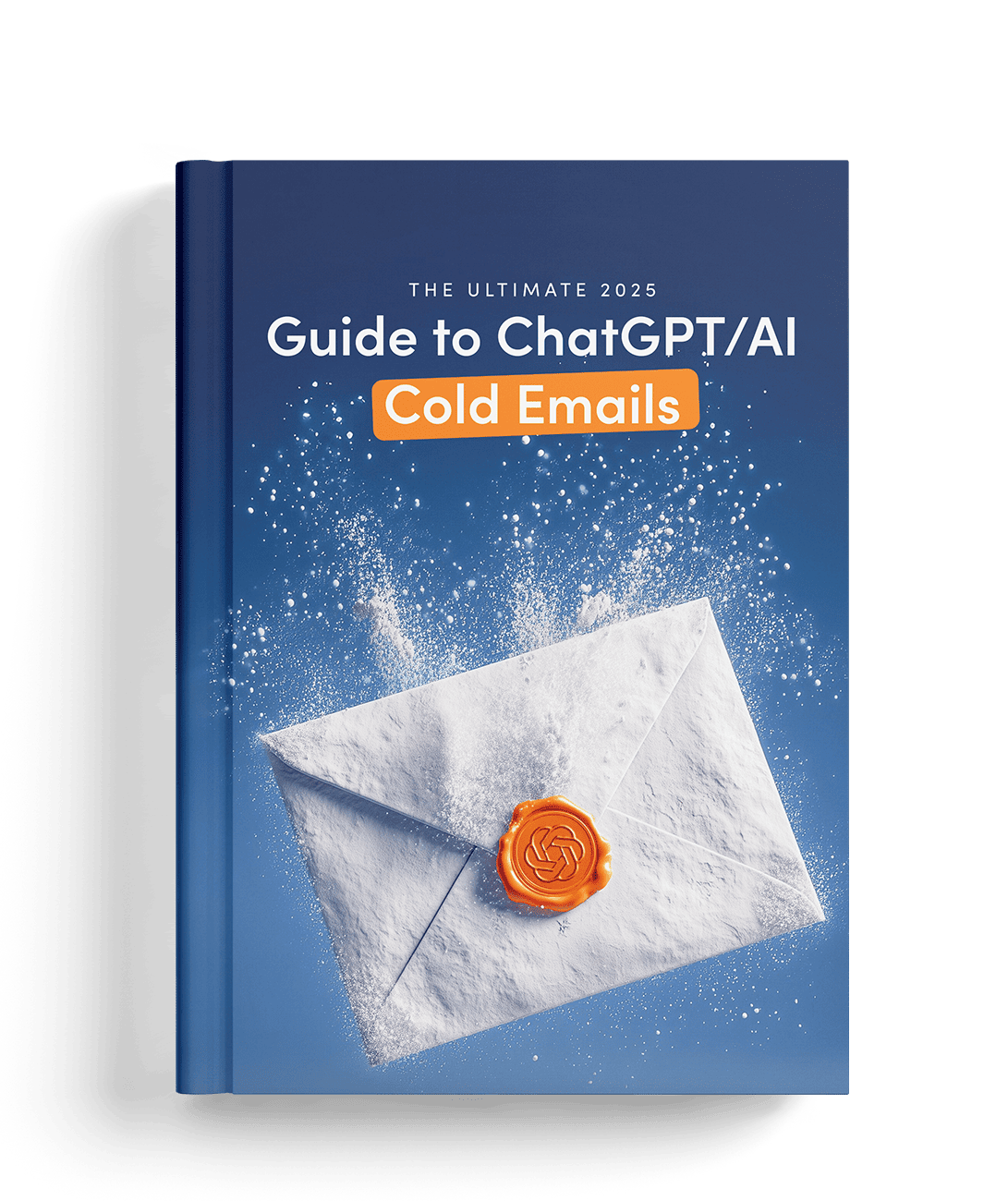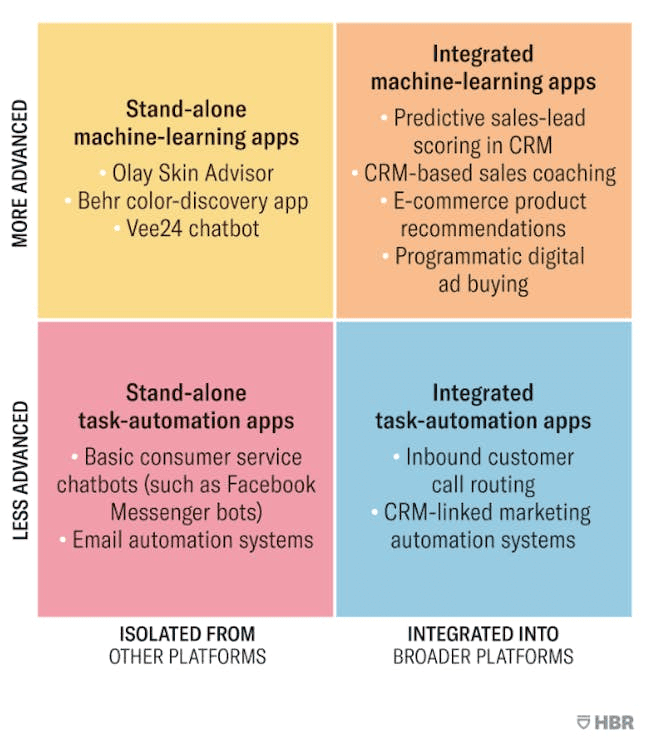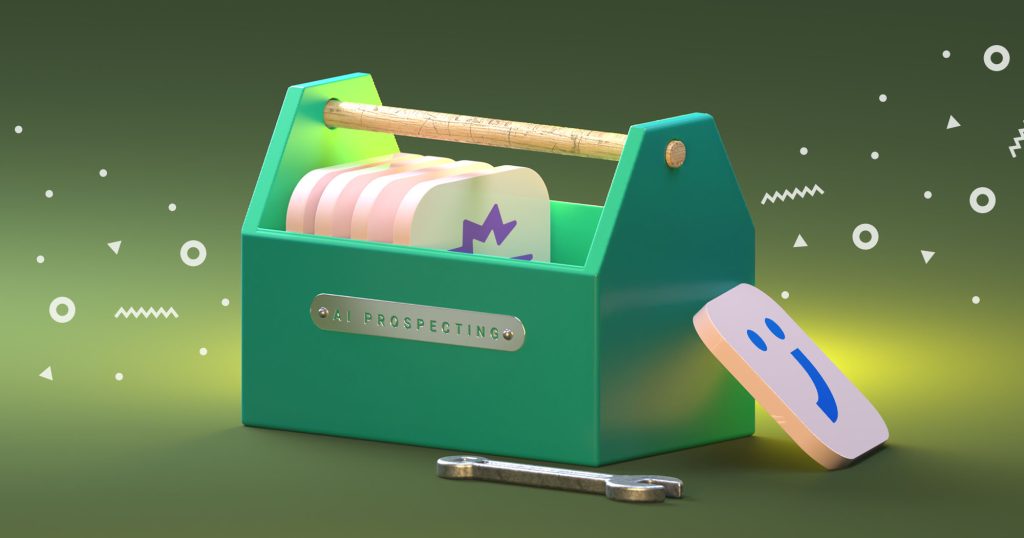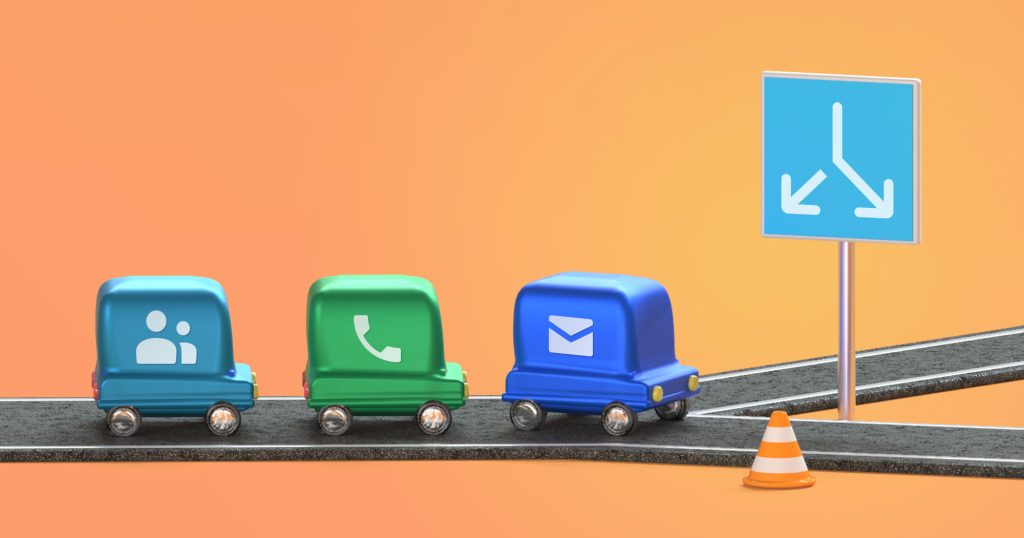It’s no secret that AI has taken the business world by storm since its rapid growth over the last couple of years. So much so that in 2025 and beyond, it’s become virtually impossible to imagine a business not leveraging some form of AI to get ahead of the competition.
Marketing, given its diverse mix of creative, customer-facing, and analytical elements, is perhaps the most impacted area of business activity by AI technology.
We’ve already witnessed how AI can supercharge sales and marketing operations in 2024, but that’s all just the beginning, and it’s now picking up at an unprecedented pace.
It’s worth noting that despite AI’s ability to significantly improve, automate, and scale your marketing strategy, effectively integrating it into your operations will take some work, which is exactly what we’ll cover in this guide.
What is an AI marketing strategy?
There’s AI, there’s marketing, and there’s a strategy, but how does it all come together?
For starters, AI-powered marketing is no longer some futuristic concept, it’s happening right now in front of us and reshaping how businesses promote their products, interact with customers, and build their strategies.
So whether you’re researching how to refine your existing marketing strategy, starting from scratch, or perhaps even planning how to start a marketing agency—you’ll inevitably need to leverage AI to be successful in 2025 and beyond.
An AI marketing strategy is not merely purchasing some tools and letting them run in the background but rather integrating AI tech into existing workflows and merging them with the human force.
Looking around, AI has spread its roots in virtually all marketing processes, from email marketing and content to social media, analytics, and the list goes on. In fact, around 65% of marketers already use AI in their work, and that number will only keep growing.
Generative AI in particular has skyrocketed in modern marketing:
But besides merely leveraging AI to help generate textual and visual content, businesses are also increasingly turning to AI for the more strategic marketing activities:
- Automating, personalizing, and scaling marketing outreach & customer interactions;
- Making data-driven decisions and forecasting trends to perfect buyer journeys;
- Innovating with new creative ideas and improvements to stay ahead of the competition;
- Optimizing marketing ROI to drive revenue growth.
The power of AI for marketing strategy and workflows
Now that we’ve touched upon the value that AI brings to marketing teams, let’s take a closer look at its full power that businesses can leverage when creating marketing strategies.
- AI customer insights → the foundation of all AI is data, and it just so happens that the same applies to marketing! Marketers can leverage AI’s algorithms to better segment their audience, study behavior patterns, analyze purchase history, and personalize buyer journeys, going far beyond broad demographic data.
- AI automation → all marketing teams automate their workflows, but AI takes it to a whole new level (especially now that MCP (or Model Context Protocol) is in place). From content creation to email newsletters and PPC ad campaigns, businesses can leverage AI to automate virtually every aspect of marketing and focus on more strategic processes.


